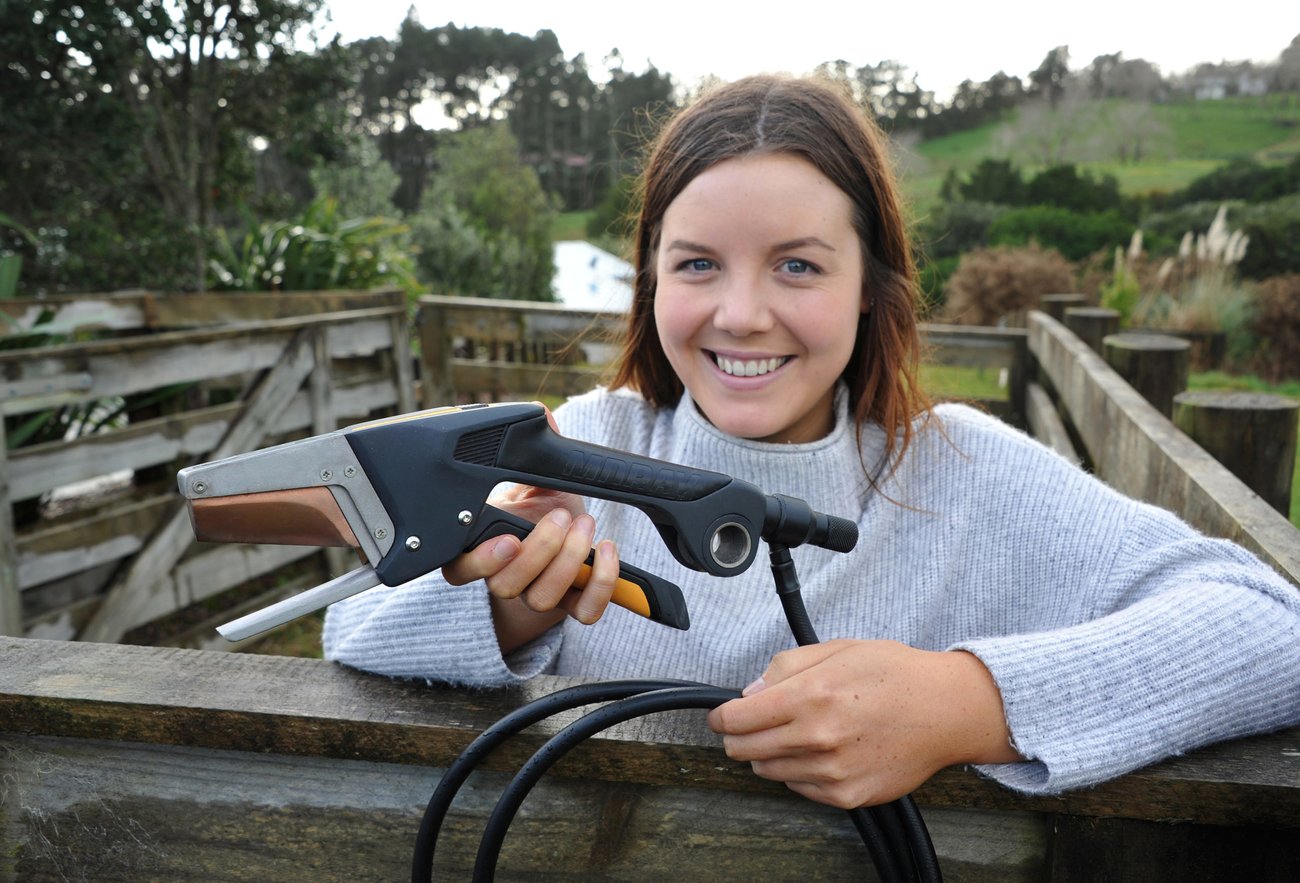
Top image: Nicole Austin of Moray, winner of the 2017 New Zealand edition of the James Dyson Award
Here’s the thing: there are a lot of innovation competitions out there. But not many offer the winner the chance to gain immediate international exposure through the competition and about $55,000 in prize money to develop their idea. That, and serious bragging rights in saying you beat out competitors from all over the world.
In the past 14 years, the James Dyson Award has gained more and more international recognition, attracting outstanding ideas from across the globe. This year, national winners from 27 nations will compete for the top prize.
But first things first: to get to the international stage of the competition, you need to rise to the top of your respective nation. And here in Aotearoa, the judges are pretty top-notch – to put it mildly.
Paul Brislen, technology commentator, journalist and past chief executive of the Telecommunications Users Association of New Zealand, says: “New Zealand has built itself on a culture of innovation and solving old problems in new ways, and I’m looking forward to seeing just what solutions this next generation of inventors can bring to bear.”
Mike Jensen, general manager of Industrial Design at Fisher & Paykel, says something similar. “The criteria is about solving real life, real-world problems and it is always extremely inspiring to see what the best up and coming designers within New Zealand create.”
Jensen and Brislen’s views are also echoed by Formworks Design director and co-owner Gareth Lauchlan, who is a returning judge. “I am always amazed at the ingenious design solutions proposed by the entrants. Past entries not only solve an issue, but also appeal to the emotive side of the user.”
Last year’s New Zealand winner was Moray. Focusing on usability, performance and stock wellbeing, Moray is an innovative hand-tool designed for sheep farmers to assist in the seasonal process of removing the tails of lambs, a process sometimes called docking. About as Kiwi as one can get, aye?

Moray founder Nicole Austin.
Using piezoelectric igniting, Moray uses a specialised double-chamber dampening shaft for reliable weather-proofing and consistent blade temperatures for clean cauterisation – in other words, to make sure the lamb does not bleed when its tail is cut and to try and make the process as painless as possible.
Moray founder Nicole Austin – from Massey University’s College of Creative Arts – says winning the New Zealand edition of the James Dyson Award has been huge for her business. “Winning the James Dyson Award was pretty exciting,” she explains. “Now that women are becoming more engaged in industrial design, it’s great to be able to represent the field in that way. I refined an outdated, traditional tool to be 35 percent lighter and to use 60 percent less hand span than the docking iron currently used by New Zealand farmers.”

The James Dyson Award competition recognises ingenious designers and engineers “who challenge the status quo and do more with less.” Last year’s International Award went to sKan, a low-cost, early detection melanoma skin cancer device, engineered to prevent misdiagnosis. In 2016, EcoHelmet – a fully foldable paper bike helmet designed for bike share programmes – took the title.
When it comes to the international side of the competition, the top 20 projects will be reviewed by Sir James Dyson, who will select the overall international winner.
The James Dyson Award runs in 27 countries and regions worldwide. These are: Australia, Austria, Belgium, Canada, China, France, Germany, Hong Kong, India, Ireland, Italy, Japan, Korea, Malaysia, Mexico, Netherlands, New Zealand, Philippines, Russia, Singapore, Spain, Sweden, Switzerland, Taiwan, UAE, UK, and the United States.
Candidates can enter through an online application via the James Dyson Award website. Entrants should concisely explain what their invention is, how it works, and their development process. Entrants should also submit imagery to support their application.
To be eligible to enter, entrants must be, or have been within the last four years, enrolled for at least one semester in an undergraduate or graduate engineering or design program at a university in a country or region participating in the James Dyson Award. In the case of team entries, all members of the team must be, or have been within the last four years, enrolled for at least one semester in an undergraduate or graduate program at a university in a participating country or region.
So that’s that. How does the saying go? Good luck.
Oh, and one more thing: the deadline for entries closes at midnight GMT (12pm here in Aotearoa) on July 20. Get to it.




